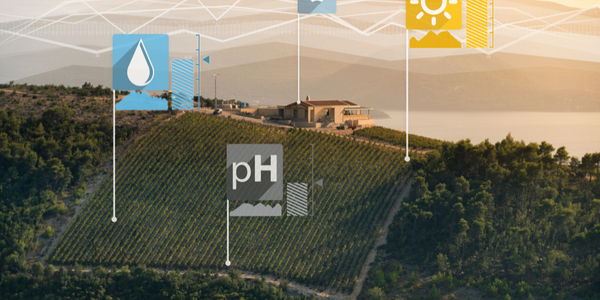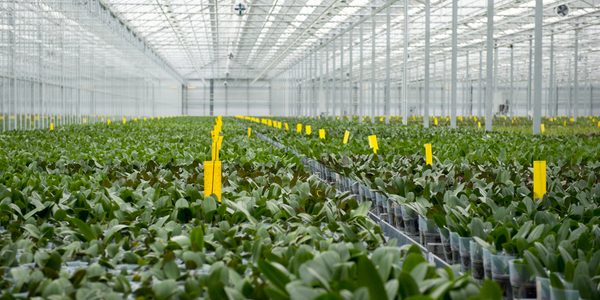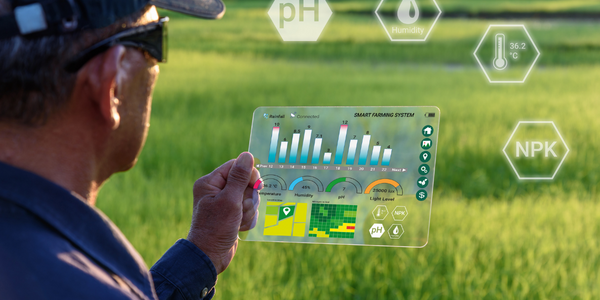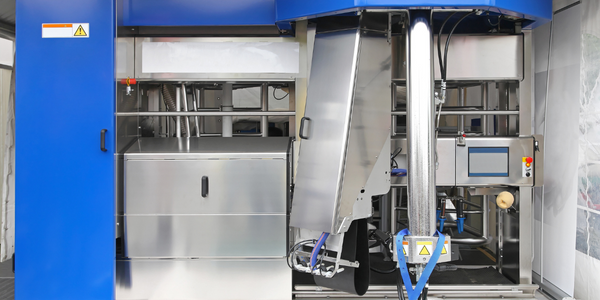Technology Category
- Analytics & Modeling - Big Data Analytics
- Analytics & Modeling - Process Analytics
Applicable Industries
- Agriculture
- Telecommunications
Applicable Functions
- Logistics & Transportation
- Quality Assurance
Use Cases
- Farm Monitoring & Precision Farming
- Livestock Monitoring
Services
- System Integration
- Testing & Certification
About The Customer
The customer in this case study is a regional non-profit business that supports cattle and sheep producers in Australia. They provide meat both domestically and internationally, and also assist with industry oversight, marketing, and R&D for companies within the livestock industry. The associated group companies of the non-profit business export beef, sheep/lamb, and goat meat across the globe. From April 2016 to April 2017, 969,068 tonnes swt of beef were exported from Australia to the United States, China, Japan, Malaysia and Vietnam. The non-profit business was seeking to combat the fragmentation of the industry and improve system efficiency, product quality, industry transparency, and system integrity.
The Challenge
The meat and livestock industry in Australia, which is integral to the lives of many and covers a vast schema of enterprises along the value-chain, was facing a significant challenge. The industry was becoming increasingly fragmented, with leaders often withholding information about their operations, leading to a lack of transparency and potentially ill-informed decisions. The rigidity of the industry meant that such decisions could have irreversible consequences. The industry was also facing competition from chicken and pork, which were outpacing beef in consumer consumption. Additionally, there were ongoing challenges related to on and off farm productivity performance and the decreasing price of livestock per head. The industry was also grappling with the need to promote and adopt animal welfare practices across all value chain silos. Given the global nature of the industry, the non-profit business needed a partner with a deep understanding of international market interaction and the ability to navigate across different silos within the meat and livestock industry. They also required guidance and assistance on developing a new Internet of things (IoT) digital strategy for making decisions across the value-chain.
The Solution
To address these challenges, the non-profit business partnered with Hitachi Consulting to introduce new digital capabilities to the industry. Hitachi Consulting delivered Hitachi Process Intelligence, which allowed the client’s associated companies to visually represent all individual farm operations and make the right decision to establish best practice along all ends of the supply chain. To effectively design and deliver this solution, data regarding all farm operations and individual cattle had to be collected and established. Hitachi engaged on-farm to allocate points of data collection that would allow for the best data to be captured. They provided a data repository to collect individual animal history and provide a more detailed track record of the animal’s life. A repository of on-site weather data tracking was also implemented. The data repository collection plan was established by putting forth a strategy to input active RFID tags in cattle in a broad range of locations. This provided the means to best understand the value capture of each individual head of cattle. Hitachi Process Intelligence helped to establish an on-farm IoT capability. The solution also helped the client implement an effective and cohesive IoT digital transformation with long lasting implications to value chain transparency and decision agility across all industry layers.
Operational Impact
Quantitative Benefit

Case Study missing?
Start adding your own!
Register with your work email and create a new case study profile for your business.
Related Case Studies.

Case Study
Intelligent Farming with ThingWorx Analytics
Z Farms was facing three challenges: costly irrigation systems with water as a limited resource, narrow optimal ranges of soil moisture for growth with difficult maintenance and farm operators could not simply turn on irrigation systems like a faucet.

Case Study
Greenhouse Intelligent Monitoring and Control Solution
Farming Orchids is the most successful form of precision farming in Taiwan, and also the most exported flower. Orchids need a specific temperature and humidity conditions to grow and bloom, and its flowering time may not be in line with market demands, so the price collapses when there is overproduction. Therefore, some farmers began to import automated greenhouse control systems for breeding and forcing, which not only improves quality, but also effectively controls the production period and yield to ensure revenue. In 2012, an orchid farmer built a Forcing Greenhouse of about 200 pings (approximately 661 Square Meters) in Tainan, Taiwan. The system integrator adopted Advantech’s APAX-5000 series programmable automation controllers to build the control platform, coupled with Advantech WebAccess HMI/SCADA software, to achieve cloud monitoring. The staff of the orchid field can monitor important data anytime via smart phone, iPad, and other handheld devices, and control the growth and flowering conditions. System requirements: In the past, most environmental control systems of orchid greenhouses in Taiwan used PLCs (Programmable Logic Controller) with poorscalability and control, and could not be connected to the Internet formonitoring from the cloud. For advanced database analysis and networking capability, the PC platform must be adopted. Therefore, PAC Systems (Programmable Automation Controller) with both PLC programming capabilities andPC functions is a better choice.The environmental control of the Orchid greenhouse switches on and off devices like fan, shade net, cooling/heat pump, liquid flow control, water-cooling wall etc. It is controlled by a control panel of electric controllers, and is driven by a motor, to adjust the greenhouse temperature, humidity, and other environmental conditions to the set parameters.

Case Study
Precision beekeeping with wireless temperature monitoring
Honeybees are insects of large economic value and provide a vital service to agriculture by pollinating a variety of crops. In addition, bees provide us with valuable products such as honey, beeswax, propolis, bee venom, etc. Monitoring of honeybee colony health, population, productivity, and environmental conditions affecting the colony health have always been exceedingly difficult tasks in apiculture. Research has shown that even small deviations (by more than 2°C) from the optimal temperatures have a significant influence on the development of the brood and the health of adult bees.

Case Study
Enabling Internet of Things Innovation in Agriculture
DigiBale, wanted to apply technology know-how and IP from implementations successfully to more agriculture sectors including cotton, forestry, sugarcane and cattle. However, farmers and growers still have worries about the connected technology.









